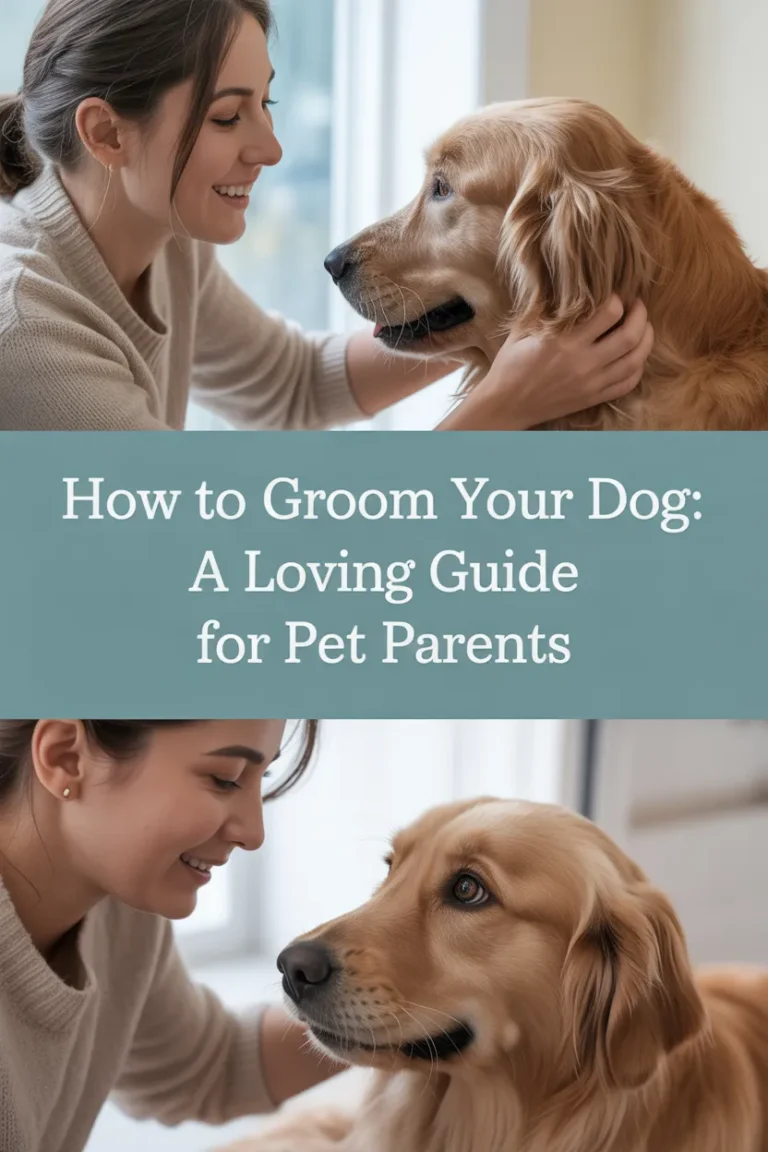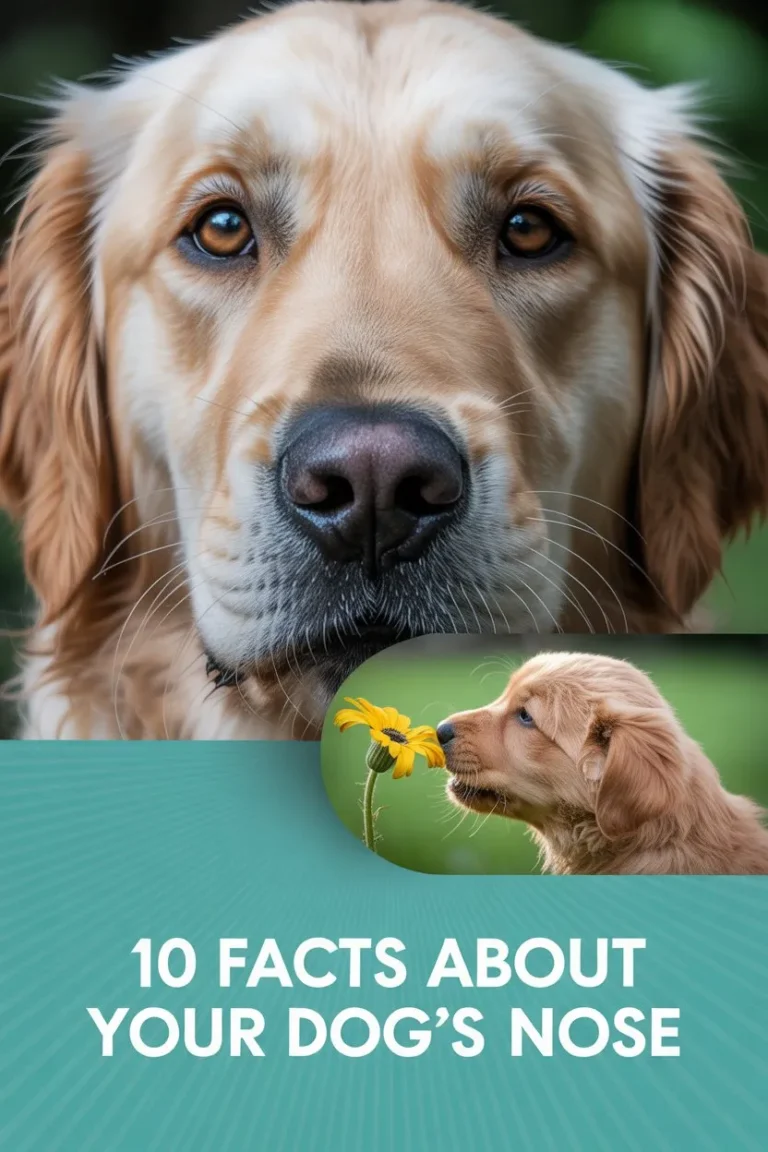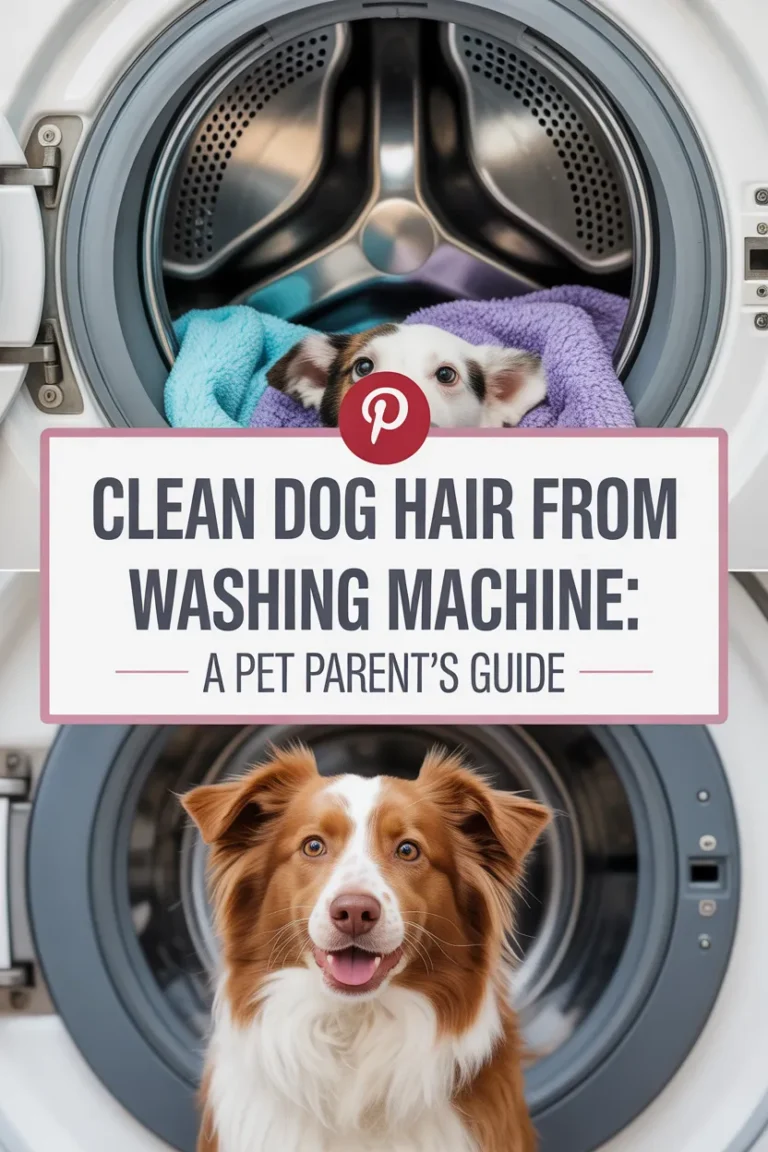Why Does My Dog Paw at Me? Understanding and Addressing Dog Pawing Behavior
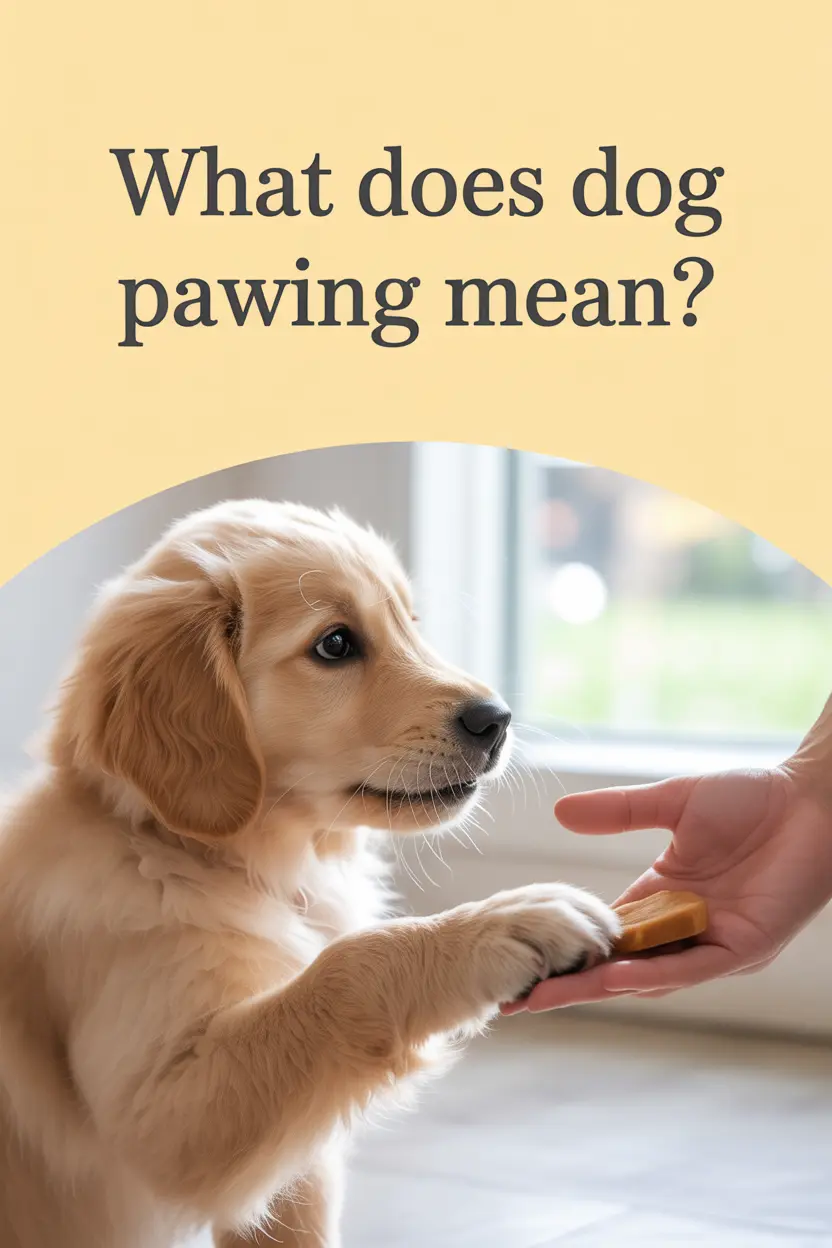
If you’ve ever had a dog that paws at you—whether for attention, to show affection, or to ask for something—you know how endearing (and sometimes a bit puzzling) it can be. Dog pawing is a common behavior that many pet parents experience, but why do they do it? In this article, we’ll explore the reasons behind dog pawing, what it means, and how you can address the behavior if it’s becoming excessive.
What Does Dog Pawing Mean?
Dogs paw at us for many reasons, and the meaning behind the action can vary depending on the context. Here are some common reasons why dogs paw at their owners:
- Seeking Attention: Dogs may paw at you to get your attention. Whether they want to be petted, played with, or simply noticed, pawing is their way of communicating.
- Affection: Some dogs paw at their owners as a sign of affection. It’s similar to the way cats might nudge or head-butt their humans.
- Hunger or Thirst: If your dog is hungry or thirsty, they might paw at you to let you know it’s time for a meal or a drink.
- Discomfort or Pain: If a dog is pawing at a specific part of their body, such as their paws, ears, or face, it may indicate discomfort, itching, or even injury.
- Excitement: Dogs that are overly excited, like when you come home after being away, might paw at you to express their joy.
- Insecurity: Some dogs paw at their owners when they’re anxious or unsure of their surroundings.
Understanding the reason behind dog pawing can help you respond appropriately and ensure your dog feels heard and understood.
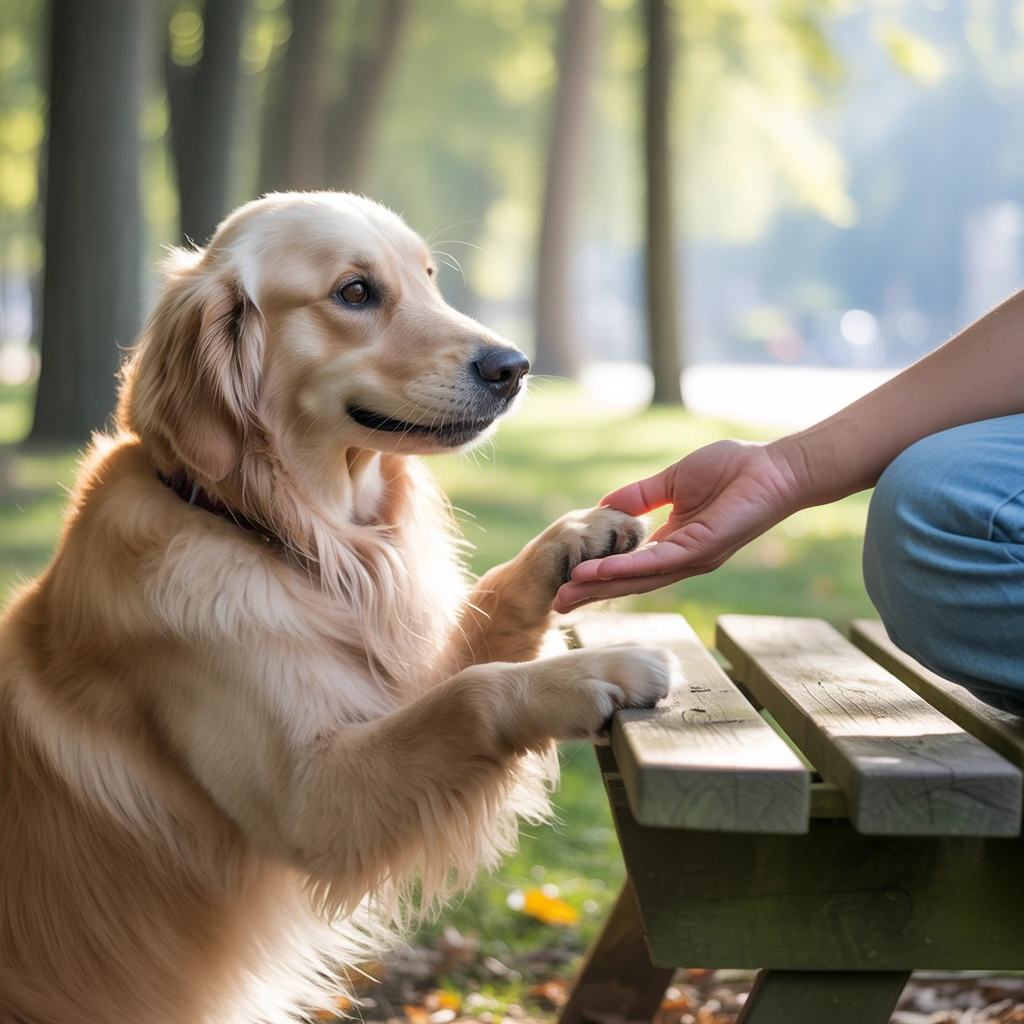
Step 1: Observe the Context of the Pawing
To determine why your dog is pawing at you, start by observing the context in which the behavior occurs. Here are some questions to consider:
- When does the pawing happen? If it’s during playtime or cuddling, it’s likely a sign of affection. If it’s around feeding times, it may be a sign of hunger.
- Does your dog seem anxious or restless? If pawing occurs when your dog is pacing, barking, or displaying other signs of anxiety, they might be trying to communicate stress.
- Is your dog pawing at a specific body part? If they’re pawing at their paws, ears, or another area of their body, they might be experiencing discomfort, irritation, or pain.
Emotional Tip: As pet parents, it’s easy to get caught up in the “why” and miss the opportunity to connect with our dogs. Pay attention to the emotional cues your dog is giving you. You’ll not only gain a better understanding of their needs but also strengthen your bond with them. 💖
Step 2: Addressing Pawing for Attention
If your dog paws at you for attention, it’s important to set boundaries while still acknowledging their need for affection. Here’s how to handle attention-seeking pawing:
- Redirect the Behavior: Instead of immediately responding to the pawing, redirect your dog’s energy by asking them to do something else, such as sitting or lying down. Reward them with affection or treats when they respond correctly.
- Avoid Reinforcing Negative Behavior: If your dog paws at you for attention and you immediately give in, they may learn that pawing gets them what they want. Be consistent with your response, and reward good behavior instead.
Emotional Tip: You’re helping your dog learn more effective ways to communicate with you. Be patient as they learn these boundaries, and offer them plenty of praise when they respond appropriately. 🌟
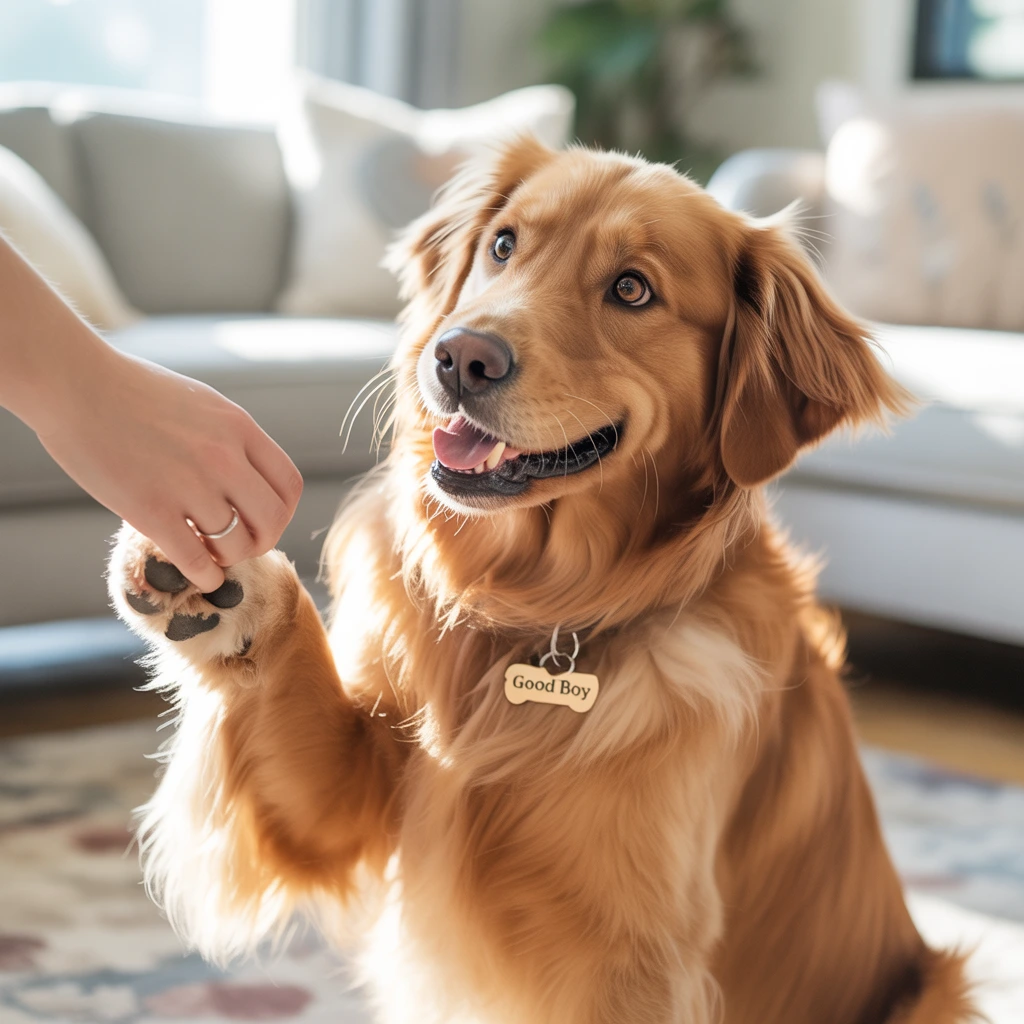
Step 3: Addressing Pawing Due to Discomfort or Pain
If your dog is pawing at a specific area of their body, it could indicate discomfort or pain. Here are some steps to take:
- Check Their Paws: Look for cuts, sores, or foreign objects stuck in their paw pads. Sometimes, dogs paw at their feet to remove something that’s bothering them.
- Examine Their Ears and Face: If your dog is pawing at their ears or face, it could be a sign of itching, infection, or irritation. Check for signs of redness, discharge, or swelling.
- Consult a Vet: If you notice signs of injury or illness, or if the pawing persists, it’s important to consult with your veterinarian. They can provide guidance and treatment options to relieve your dog’s discomfort.
Emotional Tip: Watching your dog paw at themselves in discomfort can be tough, but taking quick action shows your dog you care. Your calm presence can help them feel better. 💙
Step 4: Managing Excessive Pawing
If your dog’s pawing has become excessive or bothersome, it’s important to manage the behavior so that it doesn’t escalate. Here’s how to prevent excessive pawing:
- Provide Mental and Physical Stimulation: Sometimes, dogs paw excessively because they’re bored or under-stimulated. Make sure your dog is getting enough exercise, playtime, and mental enrichment. Interactive toys, puzzle games, and walks are great ways to tire them out.
- Reward Calm Behavior: Instead of focusing on the pawing, reward your dog for remaining calm and relaxed. Positive reinforcement will encourage them to remain composed.
Emotional Tip: Think of excessive pawing as a cry for more attention. By providing your dog with the mental stimulation and exercise they need, you’ll help reduce their stress and give them the outlet they’re seeking. 🌿
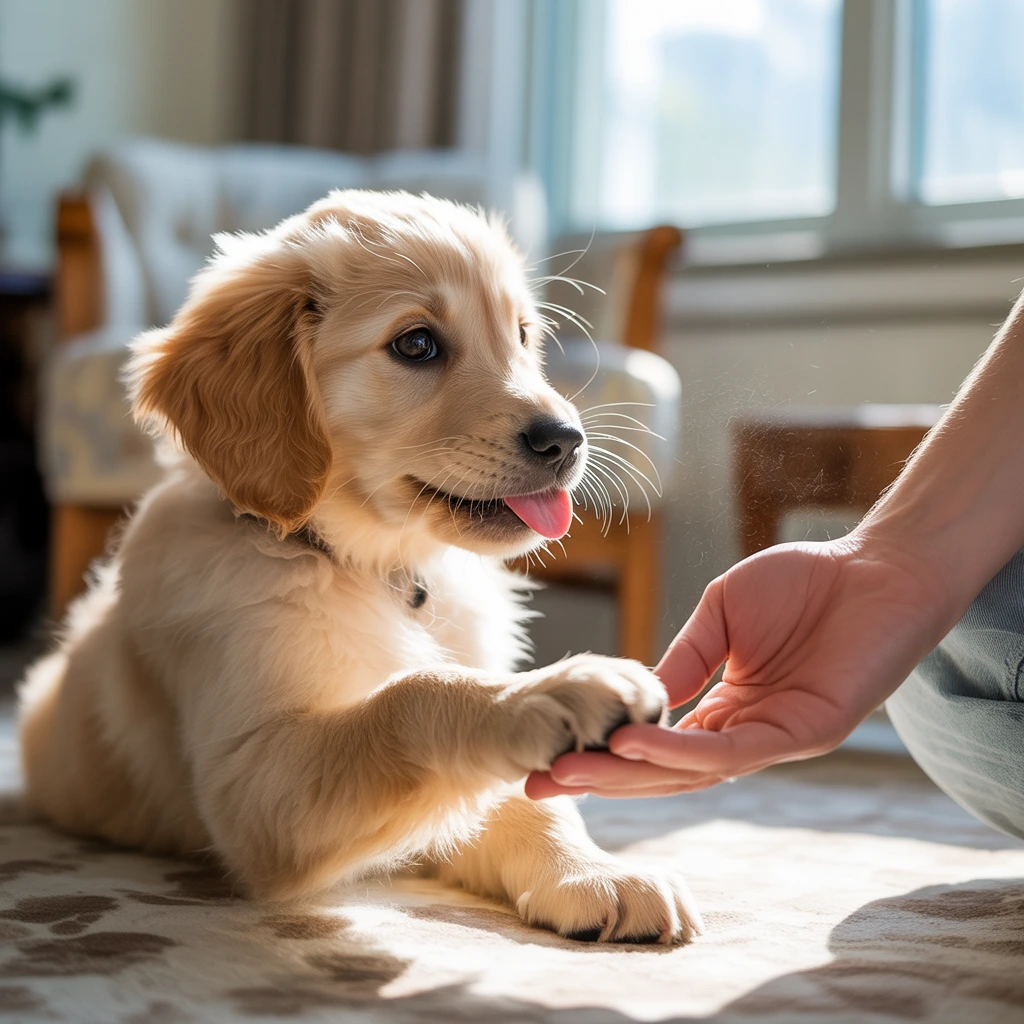
Step 5: Pawing as a Sign of Affection
If your dog paws at you simply to show affection, that’s a behavior worth embracing! You can foster this bond by:
- Responding Gently: When your dog paws at you for affection, respond with gentle petting or cuddles to reinforce the bond between you.
- Create a Routine: Dogs thrive on routine. Set aside regular times for bonding activities, such as playtime or cuddle sessions, to provide your dog with the attention they crave.
Emotional Tip: A pawing dog is often just asking for love. Embrace these moments and cherish the connection with your furry friend. ❤️
Conclusion: Understanding and Responding to Dog Pawing
Dog pawing is a common and often heartwarming behavior that can mean many things, from affection to discomfort. By understanding the reasons behind it, you can respond in a way that strengthens your bond and ensures your dog’s needs are met. Whether they’re asking for attention, affection, or help with discomfort, your response can help them feel heard and loved.

